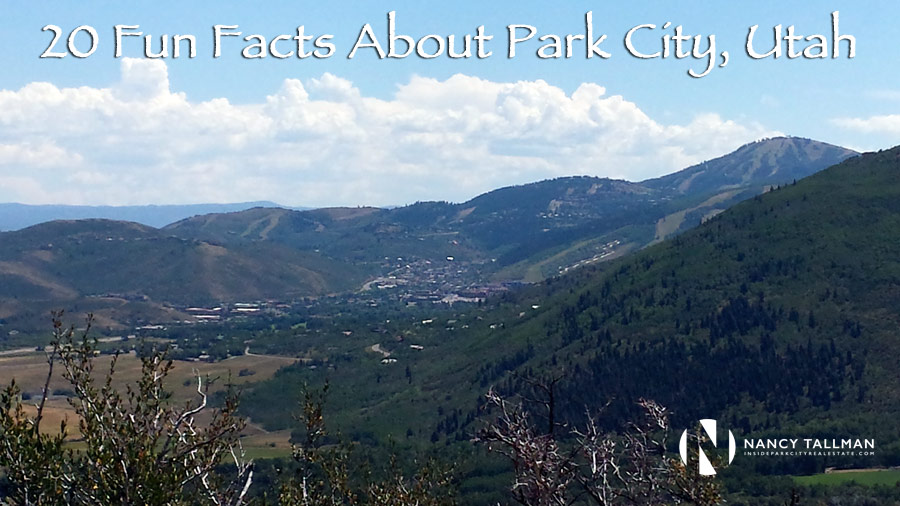This article was originally posted in 2015 and was updated in 2024 to reflect the most up-to-date and interesting facts about Park City.
An enchanting destination with charm that extends far beyond its scenic beauty, Park City is a pretty special place. But how well do you really know PC? Whether you are a year-round resident or a weekend explorer, these nuggets of history and trivia will help unveil the unique facets that make Park City so extraordinary. Buckle up and get ready to deepen your appreciation for this special corner of Utah with 20 fun facts!
1. City of Champions
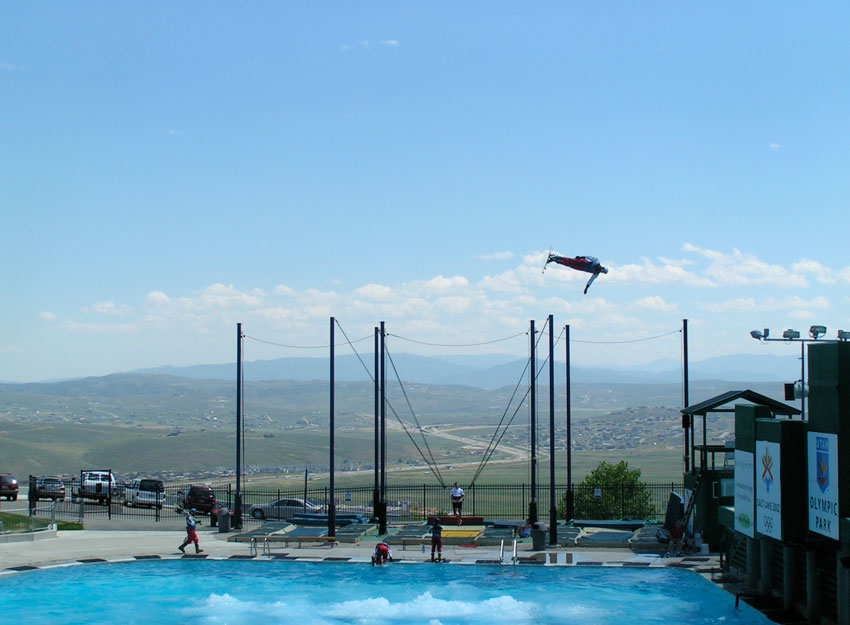
Already known as a winter sports hub, Park City attracts and nurtures a plethora of elite athletes, many of whom have competed in recent Winter Olympic Games. In 2022, there were 50 Park City athletes that competed in the Winter Olympic Games in Beijing. At the Pyeongchang Winter Games in 2018, The U.S. sent 242 athletes. According to Park City Magazine, of the 77 with connections to Utah, 54 had close ties to Park City.
At the 2014 Sochi Olympics, 7 out of the 230 United State Athletes hailed from Park City while another 33 have direct ties to the town, meaning they live here, train here or went to school here. (Three such athletes had a parent or step-parent affiliated with Summit Sotheby’s International Realty.) In fact, 14 of the 28 medals earned in Sochi came from this area.
Source: The Runner Sports, TeamUSA.org
2. The “Ten O’Clock Whistle”
If you’ve ever been in Old Town at 10:00 p.m. on a Friday night, you’ve undoubtedly encountered the Main Street siren. Installed in 1902 in what is currently the Park City Museum to warn the town of fire danger, it has since been replaced with an electric siren that still rings “in honor of days gone by”.
Source: Park Record
3. The Skiers Subway
In 1963, when Park City Mountain was still known as Treasure Mountain, an innovative approach was used to transport skiers to the slopes. Using old mining tunnels, the resort employed subway cars to cart skiers through a 2.5 mile journey within the mountain to the slopes. The ride was pitch black, cold and wet and lasted one hour.
After the ride, skiers used a mining elevator that lifted them 1,750 feet to the base of the Thaynes Canyon ski lift. This unique mode of ski transportation undoubtedly added an extra layer of excitement to the skiing experience.
Did you know? There are still over 1,000 miles of mining tunnels beneath Park City’s mountains today.
Source: KPCW
4. Discovered in 1868
Park City’s history unfolds around the completion of the Transcontinental Railroad in 1868 (which took place at Promontory, Utah), when soldiers, drawn by the allure of silver, stumbled upon this promising locale. The rush for silver sparked a flurry of activity, leading to the incorporation of Park City in 1884.
The town quickly burgeoned, and by 1898, its population had soared to 7,500—a number not too far off from today’s population!
Source: Historic Park City
5. More Tourists Than Locals
According to the 2020 Census Bureau data, Park City’s population was recorded at 8,396. Notably, a tourism-heavy economy means the number of tourists often significantly surpasses the count of permanent residents.
Source: Wikipedia
6. Film Enthusiasts Converge
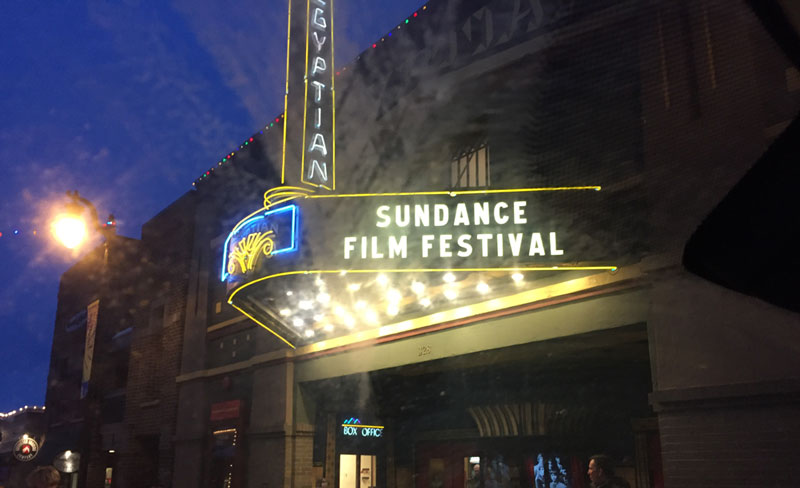
Home to the largest independent film festival in the United States, the Sundance Film Festival takes place annually in January. Despite undergoing changes such as a hybrid format due to Covid, the festival continues to draw significant attention, with 89,000 celebrities, filmmakers and cinema enthusiasts visiting the town. Combined online and in-person viewership was 423,000 in 2023.
Source: KPCW.org
7. Prosperous Parley’s Park
Originally named Parley’s Park, the town’s name was shortened to Park City around 1872 (Park City History). Canadian prospectors found exceptionally high-grade silver ore and dubbed the claim Ontario, which was then purchased by George Hearst, father to William Randolph Hearst. The price tag of $27,000 yielded over $50 million in the mine’s lifespan.
8. Million Dollar Fire
In 1898, a catastrophic fire engulfed Park City broke out at the American Hotel, burning over half of the town’s 350 structures to ashes. The most devastating fire in Park City’s history, the incident left 500 residents homeless and resulted in a staggering $1 million in property damage.
Source: Park City History
9. Over 400 Historic Charmers
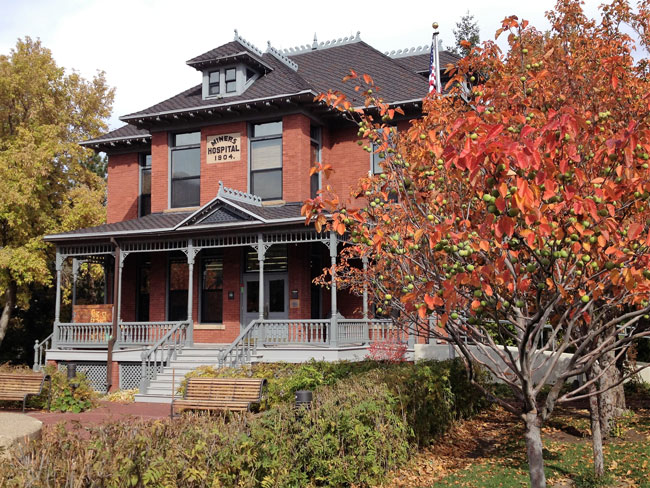
In the 1950’s and 60’s, Park City transformed itself from a mining town to a recreational haven. Around the same time, national, state and local initiatives aligned to identify, preserve and promote historic properties.
Today, with over 400 historic sites, including two National Register Historic Districts, Park City proudly preserves its rich heritage, recognizing the significance of its past in the vibrant tapestry of the present.
Source: ParkCity.org
10. King Tut Inspired Theater
King Tut’s tomb was discovered in 1922, and when it opened on Christmas Day four years later, The Egyptian Theater got inspiration from the discovery. This Main Street stronghold was adorned with lotus leaf motifs, scarabs, hieroglyphics and symbols of life and happiness. It remains one of Park City’s most recognizable buildings today.
Source: Park City Shows
11. Three Olympic Venues
Deer Valley and Park City Mountain Resort were both official venues for the 2002 Olympic Winter Games and Paralympic Winter Games. But did you know that Main Street Park City was also listed as a non-competitive venue?
Salt Lake City has been named the preferred host for the 2034 Olympics by the International Olympic Committee.
Source: Wikipedia
12. Voted “Best Town Ever”
Park City was voted “Best Town Ever” by Outside Magazine 2013. In a remarkable show of local pride, two-thirds of Park City’s population enthusiastically cast their votes online, underscoring the strong sense of community and appreciation for the town’s unique qualities.
There have been other rankings that have put Park City on top, including the ten seen in this article.
Source: Outside Online
13. A Whiskey First
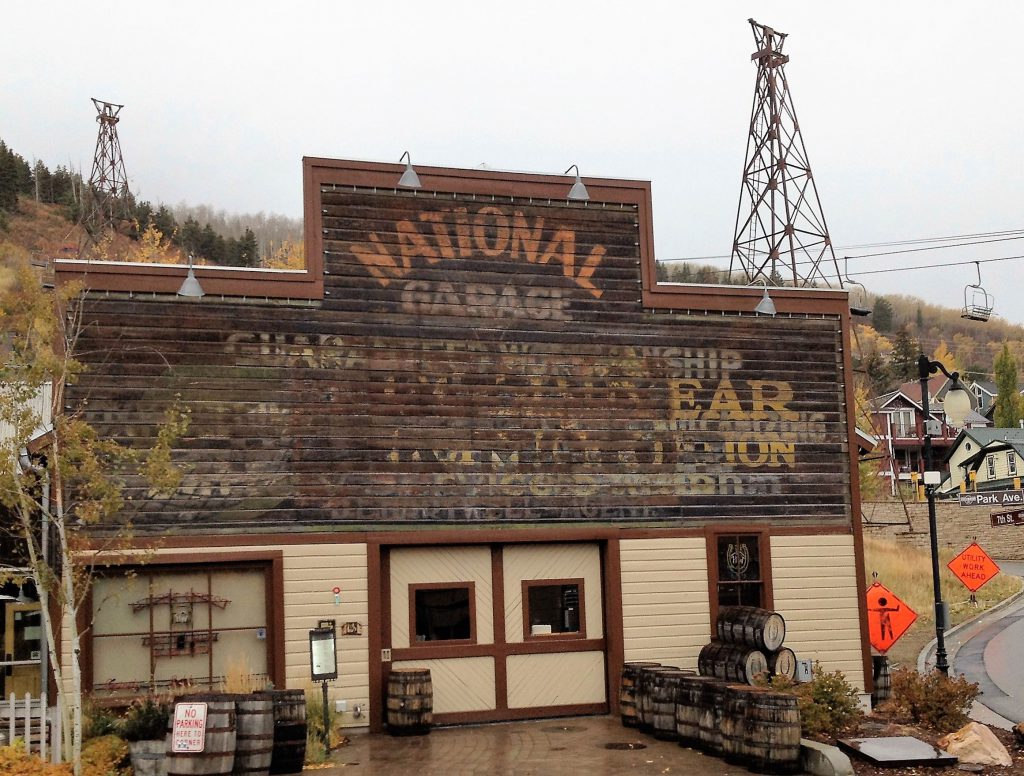
Park City proudly boasts the distinction of being home to Utah’s first distillery since the end of prohibition. Although High West’s current whiskey distilling operations have moved a few miles away to Wanship, the original building in Park City has been repurposed into a bar and restaurant.
Renowned for its exceptional whiskey, this establishment also proudly touts itself as the world’s first ski-in gastro-pub. The store also made it on our liquor store secrets blog.
Source: Yahoo
14. Trails Are Tops
With a robust non-motorized trail system exceeding 400 continuous miles, it’s evident that both Park City residents and visitors have a deep affinity for trails. This enthusiasm is reflected in the overwhelming approval of open space and trail projects over the years to the tune of tens of millions.
Park City is also the only Gold Level ride center as named by the International Mountain Biking Association (IMBA). The city’s extensive trail network weaves through alpine terrain, mountain resorts and preserved open spaces.
Source: Basin Recreation
15. An Epic “Oops”
In 2011, Park City Mountain Resort (PCMR) inadvertently failed to renew its decades-long land lease with Talisker Land Holdings for a portion of its ski terrain, largely the land under Canyons Resort. Talisker took the opportunity to look for a new tenant, igniting a three year legal battle.
In 2014, the court sided with Talisker and PCMR had to choose between paying much higher rent (from $150,000 a year to $17.5 million) or sell to Vail Resorts. The latter happened and the rest, as they say, is history.
Source: Open Snow
16. The Country’s Largest Resort
The epic lease “oops” lead to the next fun fact about Park City: it’s got the largest ski resort in the country. After the Park City Mountain and Canyons merger, the 7,300 skiable acres made it the largest in the United States.
17. Iconic Barn, Preserved
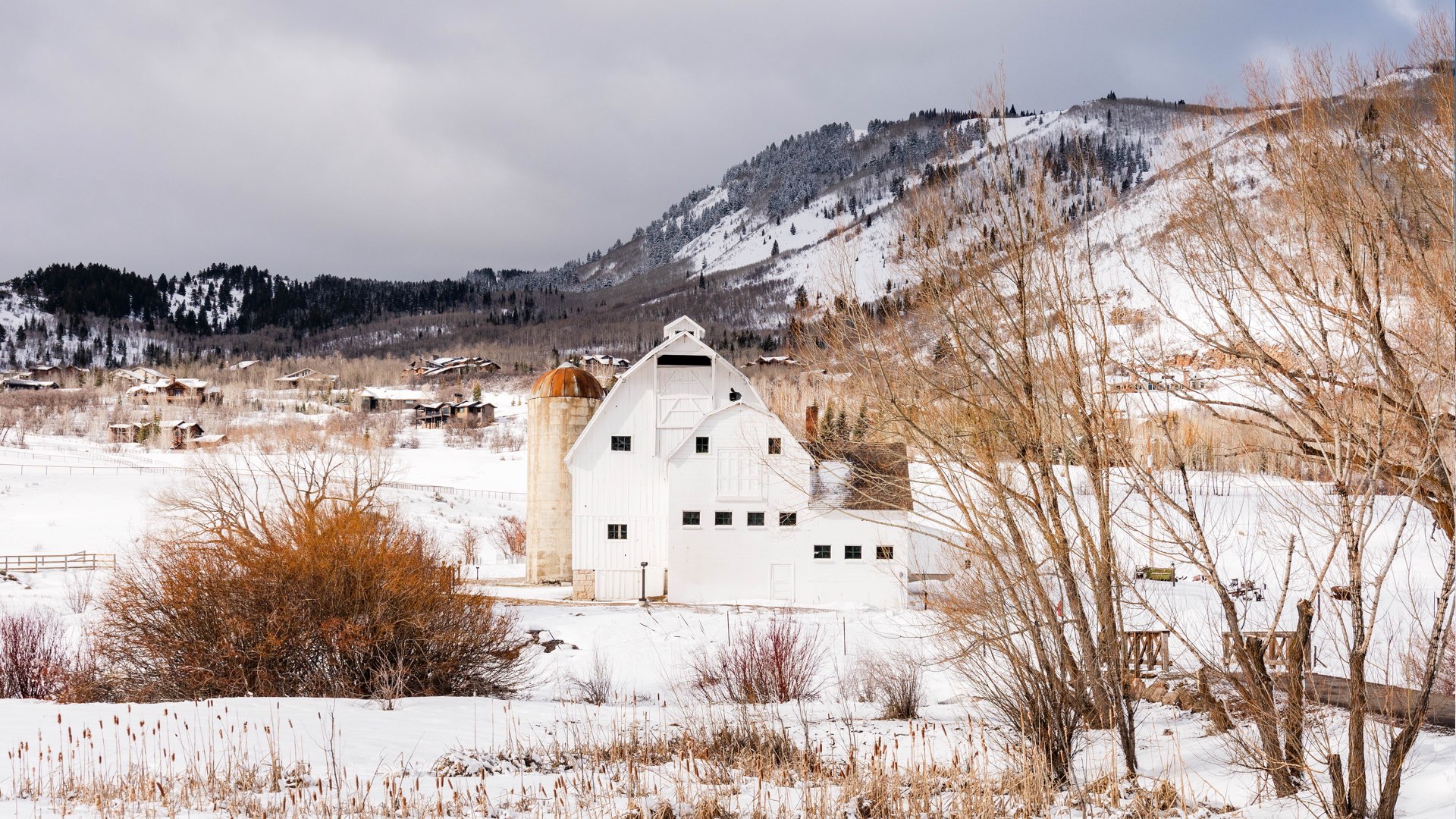
In 1990, Park City Municipal acquired the historically significant McPolin farm, spanning 126 acres on both sides of the highway, along with the 88 acre PC Hill, from the Osguthrope family for $4.4 million. Recognized for its historical significance, the McPolin Farm earned a place on the National Register of Historic Places in 2004.
Source: Park City History
18. Number One, but 65% Bigger
For 11 consecutive years, Deer Valley has proudly held the title of #1 ski resort. Now, it is poised for groundbreaking expansion as the resort recently unveiled a multifaceted, multi-year growth project.
Promising to breathe new life into Deer Valley with the addition of expansive terrain, a cutting-edge base area, modern amenities and the timeless charm of pristine slopes, the expansion signifies an exciting chapter for Deer Valley and Park City.
19. EcoCenter Growth
What began as a donation of 190 acres in 1993, parcels were added to make up The Swaner Nature Preserve and EcoCenter’s 1,200 acres of open space land. A 10,000 square foot LEED Platinum building features interactive exhibits about the surrounding environment while over 10 miles of non-motorized trails provides access. This is a haven for animal of all species as well as people looking for a nature experience.
Source: Wikipedia
20. A Bridge Across Chinatown
Around 1881, Chinese immigrants settled in what is now Swede Alley, the road that runs parallel to Main Street. Despite their contributions to the community as waiters, cooks, porters and laundry workers, the residents of Rossi Hill constructed a bridge connecting their neighborhood to Main Street to avoid passing through Chinatown. Though the bridge is gone, it was located in the same area as the parking structure that is still known as China Bridge. The fire of 1898 completely wiped out Chinatown, leading to the departure of many of its residents.
Source: KPCW
